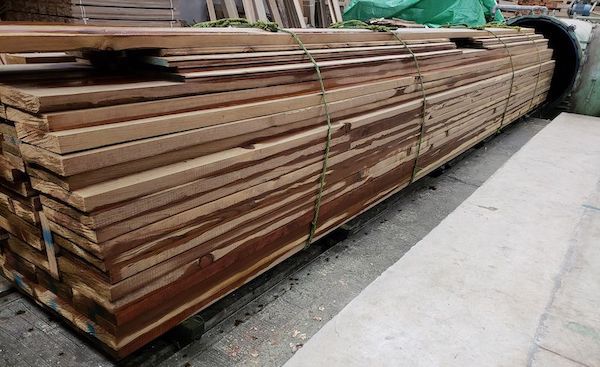Wood has been a fundamental building material for centuries, prized for its natural beauty, versatility, and sustainability. However, its susceptibility to rot, decay, and insect infestation has led to the development of treated wood. Treated wood undergoes a process that enhances its durability and longevity, making it an ideal choice for various construction projects. One such company specializing in the manufacturing of treated wood is Madereria Cuauhnahuac, renowned for its high-quality products and commitment to sustainability. In this article, we delve into the world of treated wood, exploring its benefits, applications, and environmental considerations.
Understanding Treated Wood: Treated wood, also known as pressure-treated lumber, is wood that has been infused with preservatives to protect it from decay, rot, and insect damage. The treatment process involves placing the wood in a pressure chamber and forcing preservatives deep into its cellular structure. This imparts resistance to moisture, fungi, and insects, significantly extending the lifespan of the wood.
Benefits of Treated Wood
- Enhanced Durability: Treated wood is highly resistant to decay, rot, and insect infestation, ensuring longevity even in harsh environmental conditions.
- Cost-Effectiveness: While treated wood may have a higher initial cost than untreated wood, its extended lifespan ultimately translates to cost savings over time by reducing the need for repairs and replacements.
- Versatility: Treated wood can be used in a wide range of applications, including decking, fencing, landscaping, marine structures, and outdoor furniture.
- Environmental Sustainability: Treated wood can be sourced from sustainably managed forests, and its longevity reduces the demand for virgin timber, contributing to forest conservation efforts.
Applications of Treated Wood
- Outdoor Decking: Treated wood is a popular choice for decking due to its durability and resistance to moisture and insects, making it well-suited for outdoor environments.
- Fencing: Treated wood fencing provides privacy and security while withstanding the elements, ensuring years of reliable performance.
- Structural Support: Treated wood is commonly used for structural elements such as beams, joists, and posts in residential and commercial construction projects.
- Landscaping: From retaining walls to garden beds, treated wood offers a versatile and durable solution for landscaping features.
- Marine Construction: Treated wood is widely used in marine environments for docks, piers, and seawalls, where exposure to moisture and saltwater can accelerate decay in untreated wood.
Environmental Considerations
While treated wood offers numerous benefits, it’s essential to consider the environmental implications of its production and disposal. The preservatives used in treated wood can pose environmental risks if not handled and disposed of properly. However, advancements in treatment technologies have led to the development of environmentally friendly preservatives, reducing the ecological footprint of treated wood.
Additionally, proper maintenance and disposal practices can minimize the environmental impact of treated wood products. Recycling and repurposing treated wood at the end of its life cycle can further extend its sustainability and reduce waste.
Conclusion
Treated wood represents a sustainable and durable solution for modern construction needs. Its ability to withstand decay, rot, and insect damage makes it an attractive choice for a wide range of applications, from outdoor decking to structural support. By choosing treated wood sourced from responsibly managed forests and employing proper maintenance and disposal practices, builders and homeowners can enjoy the benefits of this versatile and environmentally friendly building material for generations to come.
